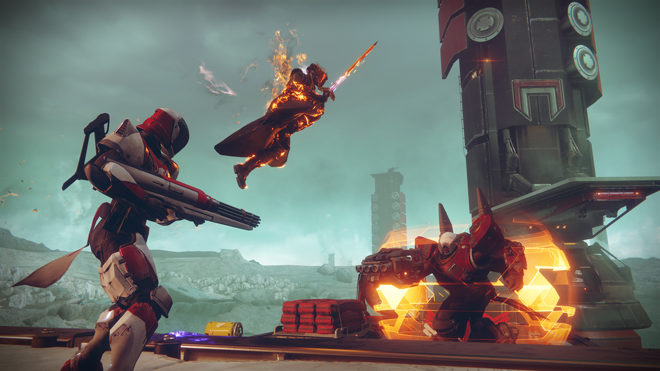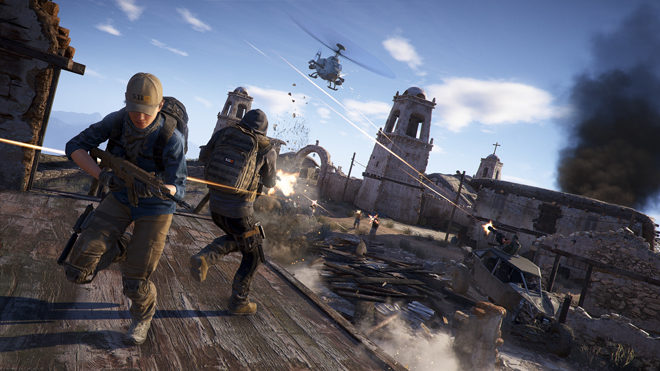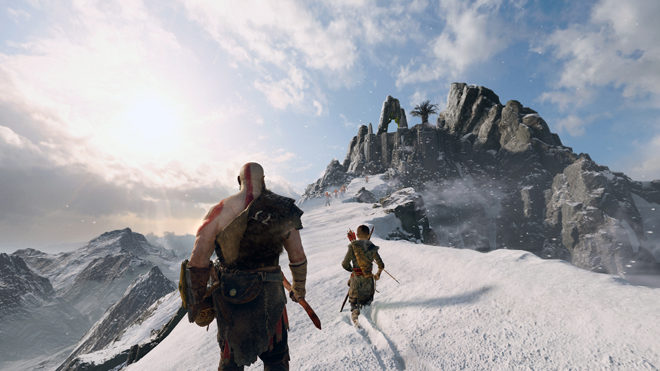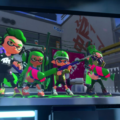Cognition Dissemination: The State of Single-Player Games

We received a significant piece of gaming news a couple of days ago: EA is closing Visceral Games. This was a shock to anyone who followed the company for years, and particularly those who followed the developments of their Star Wars game. It was planned to be a linear third-person single-player title produced by Amy Hennig, known for previously working on Legacy of Kain, Jak and Daxter, and especially the Uncharted games, with this being a title that resembled the latter’s style. With the news of their closure came an update saying it will be retooled into a new title in a different genre, but will use the same assets. It will either be an open world title or a persistent online experience, and the latter looks more likely given recent trends.
In addition to the understandable reactions of surprise surrounding it from the gaming audience, writers, and developers, it also set off a firestorm of editorials that involved analyzing one question: Are we witnessing the end times for single-player games? It’s far from the first time this question has been posed, as the first editorial that caught wide attention came from game designer Raph Koster, who said they were doomed in February 2006. It was a hyperbolic claim given that we’re now merely asking the question again in October 2017, but perhaps his timeline was simply off.

The question of whether single-player games as a whole have a future doesn’t have a simple “yes” or “no” answer. This depends on what kinds of games you’re talking about, given how many options exist these days. Single-player games are made at the AAA level, B-tier level, indie level, and mobile level. Though some writers and general gamers have claimed that single-player games are at death’s door, they’re mainly discussing big-budget AAA examples. Since there are many different forms of games at various budgets, anyone who blanketly says single-player games are going extinct is someone who mainly focuses on the biggest games, and pays little attention to others. That, or they wanted to write eye-catching titles to attract attention. Heck, I won’t say I’m not guilty of that.
The number of single-player AAA games has been dwindling in number throughout this console generation, and that’s bound to worsen. Games cost so much to develop these days that publishers actually need to charge more than the base $60 price; they know the audience would balk at games being priced higher on the surface, since that cost is already a lot to ask. So, they make up for the shortfall through other means, like expensive limited editions, downloadable content, microtransactions and, very recently, loot boxes. Games are also increasingly trying to goad the player into spending money in them, particularly on microtransactions and loot boxes, but they’re implemented well enough to not feel required — for now.
It’s much easier to get players to spend money on them if they’re playing a persistent online experience, where they constantly need items for competitive matches or quests, like Destiny, Star Wars Battlefront, or many others. This is why developers are starting to further favor this approach; players know they’ll keep them busy for hours upon hours and can play them with friends, and they’re getting much higher sales compared to single-player titles. Activision didn’t disclose how well Destiny sold, but the fact that it had 30 million registered players as of May 2016 is enough evidence that it performed well. Battlefront, meanwhile, sold 14 million by the end of May 2016.

The most well-known AAA publishers have at least two titles in the above categories. For some examples: Ubisoft has The Division, For Honor, and Ghost Recon Wildlands, while titles like Skull and Bones and Beyond Good & Evil 2 are coming. EA has Star Wars Battlefront II coming soon (which will be stuffed with microtransaction schemes) and Bioware’s Avalon, which has similarities to Destiny, coming next year. Heck, these games are essentially all Activision releases these days, and EA could be going in that same direction.
This is also a way for publishers to get around used game purchases and lending, as many of them still feel those equate to cash they’re not receiving. By stuffing games full of content, players will want to keep playing longer, meaning they’ll have less incentive to sell or lend games compared to single-player experiences. It’s another way of dodging the issue that games cost too much to make.
While some of these could make money for publishers, this could eventually backfire on many of them when they’re all going in the same direction. Players will be spending more time on these games, and potentially spending more in them, meaning they’ll be purchasing less software overall. If too many publishers shift to making them, sales will eventually drop because of too much competition. This is a typical process for the gaming industry, where other publishers want to capitalize on what’s popular. Online service games are following the likes of Call of Duty-like war games and MOBAs in being the current flavor. They’ll also be releasing alongside another flavor: Overwatch-like Hero games. There will be a lot of competing multiplayer games here.

This trend could leave anyone who enjoys cinematic single-player AAA games in the dark eventually. Fortunately, plenty of options are being released at the B-tier and indie levels, as titles like Persona 5 and NieR: Automata have been critical and commercial hits this year. Currently, however, there are still several single-player AAA games on the horizon, particularly from Sony and Nintendo. We’re not hurting for options yet, but the landscape could start changing in a couple of years for these titles.
If this really gets out of hand, publishers could start lowering budgets and make B-tier-level games again. Budgets continue to increase with new technology, but the audience buying these games isn’t expanding. When (not if) consumers tire of these titles, it’s tough to tell precisely what publishers will move onto, given how unpredictable the gaming industry can be. Just hope it’s not a crash, for the sake of people’s jobs.





